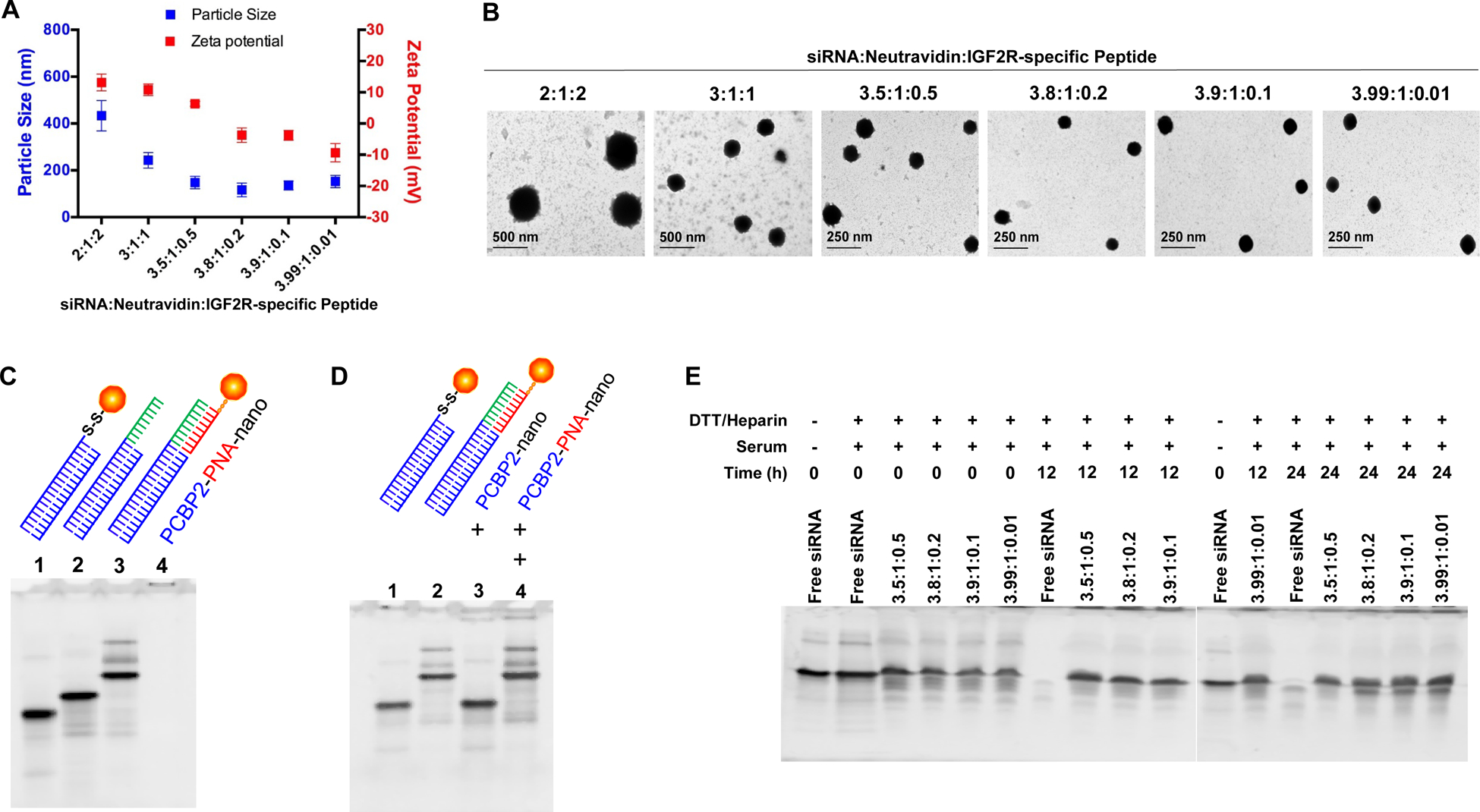Figure 2. Characterization of the siRNA nanocomplexes with various siRNA:neutravitin:peptide molar ratios.

(A) Particle size and zeta potential of the siRNA nanocomplexes. (B) TEM of the siRNA nanocomplexes. (C) Gel retardation assay. Lane 1: Biotin-conjugated PCBP2 siRNA; Lane 2: PCBP2 siRNA with a sticky end at the 3’ end of the sense strand; Lane 3: PCBP2 siRNA annealed with biotinylated PNA; Lane 4: PCBP2 siRNA nanocomplex containing the siRNA/PNA hybrid. (D) Release of siRNA after cleavage of disulfide bond by 100 mM DTT. Lane 1: Biotin-conjugated PCBP2 siRNA; Lane 2: PCBP2 siRNA annealed with biotinylated PNA; Lane 3: PCBP2 siRNA nanocomplex containing biotin-conjugated siRNA; Lane 4: PCBP2 siRNA nanocomplex containing the siRNA/PNA hybrid. (E) Serum stability of siRNA nanocomplexes. The nanocomplexes were incubated with 50% rat serum for 0, 12 and 24 h, followed by incubation with 40 μM heparin and 100 mM DTT to release intact siRNA.
